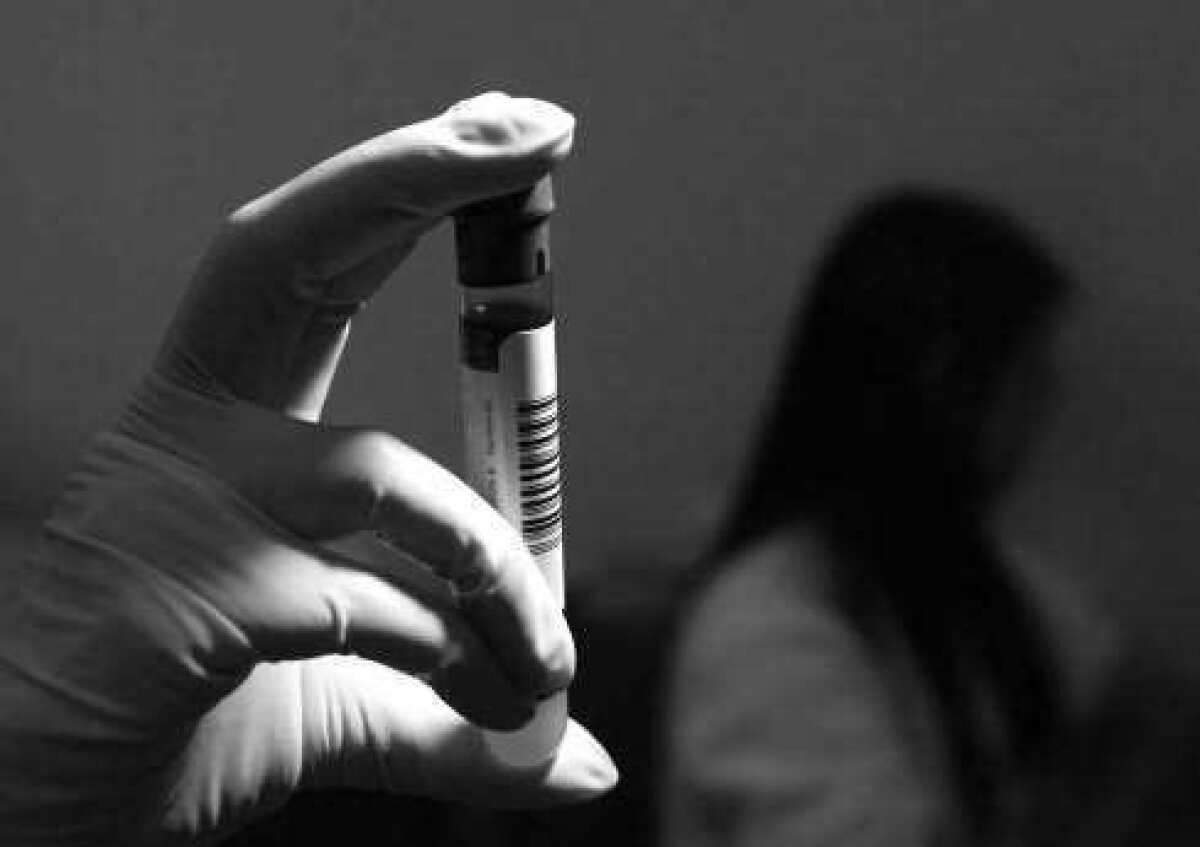PSA test: The real problem is the rush to treatment, doctor says

The PSA test should not be a routine screen for men of any age, the U.S. Preventive Services Task Force declared earlier this week. The assessment wasn’t about saving money but was based on a review of the science on PSA screening -- what were the benefits and what were the harms?
To recap: The task force concluded from two large studies that over a period of 10 years, one prostate cancer death at most was saved from PSA screening for every 1,000 men screened.
The test finds many cancers that are not life-threatening, and treatment causes side effects from surgery and radiation such as impotence and urinary incontinence. The harms weighed against benefit aren’t enough to justify the screen, the task force concluded.
But some doctors say the answer is to change the way that prostate cancer is handled in this country.
When a biopsy reveals cancer, 90% of men are treated -- even though most prostate cancers won’t threaten a man’s life.
“Therein lies the crux of the problem,” said Dr. Mark Litwin, chair of urology at UCLA and researcher in the UCLA Jonsson Comprehensive Cancer Center. (He does not think the PSA test should be dumped.) “The issue is not so much should an individual be screened -- it hinges more on should an individual be treated.”
A more careful, selective approach to surgery would go a long way toward cutting down on harms, Litwin says.
A cancer diagnosis: “If a man is screened and the ultimate diagnosis is prostate cancer, he should put the brakes on and have a really thoughtful decision with the best physician he can access – about whether he needs to be treated and, if he needs to be treated, what treatment he should choose,” Litwin says.
Which cancers to treat: Prostate cancer experts aren’t perfect about figuring out which cancers need treating and which can be carefully watched, but they have good tools, Litwin says.
When a biopsy is taken, the cells are examined under the microscope and the cancer cells are given a so-called Gleason score based on the shape of the cells. Gleasons of 8, 9 and 10 need to be treated, he says. Six or less, probably not.
With a score of 7, it’s tricky. “That’s where we fail in terms of predicting who’s going to progress and who doesn’t need to be treated,” Litwin says. “There is tremendous focus now on finding new biomarkers to determine with greater accuracy which men in this intermediate risk category need to be treated and which don’t.”
Other assessments include a finger exam to see how large and extensive the tumor is, the extent of distribution of cancer in the prostate and the PSA number. “If it comes back 15, 18, 30 -- really way out of the normal range -- that’s a high-risk tumor that needs to be treated,” Litwin says.
If a man needs treatment: “He should do everything possible to get himself to a center of excellence for treatment.” Treatment side effects -- urinary incontinence, impotence and bowel problems -- are in the double digits across the U.S. but are “substantially” lower at centers of excellence, he says.
If a cancer is low-risk: Older men with serious health conditions and those who have slow-growing prostate cancers can be carefully watched through a process called “active surveillance.” A cancer is watched with periodic PSA tests, biopsies, ultrasounds and digital rectal exams for signs that it is becoming more dangerous.
If that should happen, the patient is treated. If not -- and most often it doesn’t, Litwin says -- the patient is not treated and is spared the risk of side effects of surgery.
Read more about active surveillance at the American Cancer Society, Mayo Clinic and UCLA.



